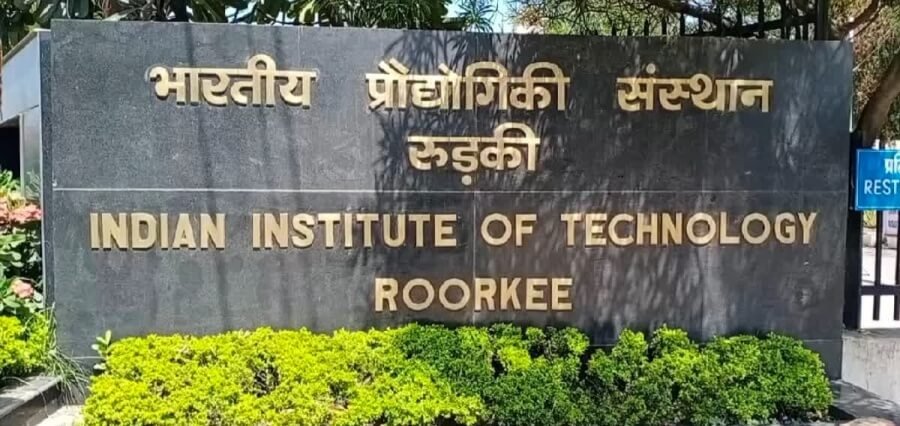Director of Public Health Dr. T. S. Selvavinayagam has instructed officials to conduct information, education, and communication activities to avoid panic amidst the Chandipura Virus encephalitis outbreak among children in Gujarat.
In response to the outbreak in Gujarat’s Sabarkantha district, which has reported 15 cases and eight confirmed deaths, the Director of Public Health and Preventive Medicine has directed district health officers to intensify field and hospital surveillance and undertake mosquito control activities.
All suspected cases should be referred to tertiary care centers. The Chandipura virus is primarily spread by Phlebotomine sand flies and, in some cases, through ticks and mosquitoes, according to the DPH.
The Chandipura virus is suspected to have caused the deaths of six children in Gujarat’s Aaravalli district over the past five days, with the total number of suspected cases rising to 12. “Five out of six deaths have been reported from the civil hospital in Himatnagar in Sabarkantha district. All 12 samples, including eight from Sabarkantha, have been sent to Pune’s National Institute of Virology (NIV) for confirmation,” said Gujarat Health Minister Rushikesh Patel.
Chandipura virus, also known as Chandipura vesiculovirus (CHPV), is an RNA virus belonging to the Rhabdoviridae family, which includes the rabies virus. It was first identified in 1965 in Chandipura, a village in Maharashtra. The virus primarily affects children and has been associated with outbreaks of acute encephalitis in India.
“This disease is transmitted by the sting of a vector-infected sandfly and mainly affects children aged 9 months to 14 years. It is more prevalent in rural areas. The main symptoms are fever, vomiting, loose motion, and headache,” Patel added.
Read More: Click Here





